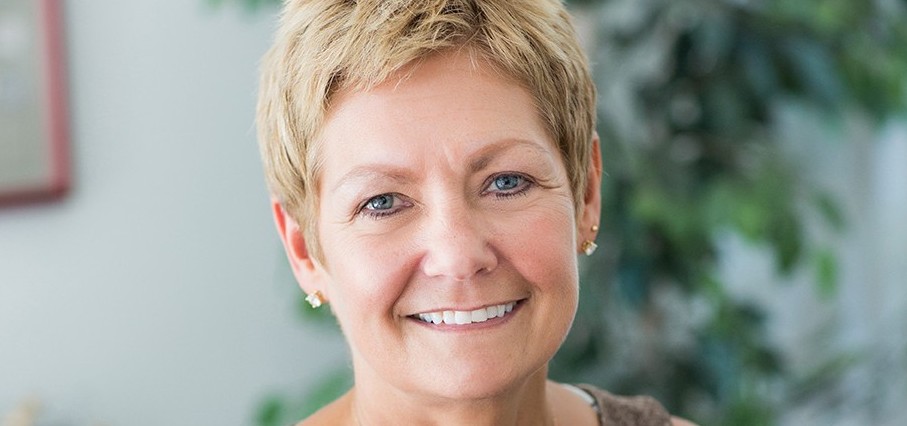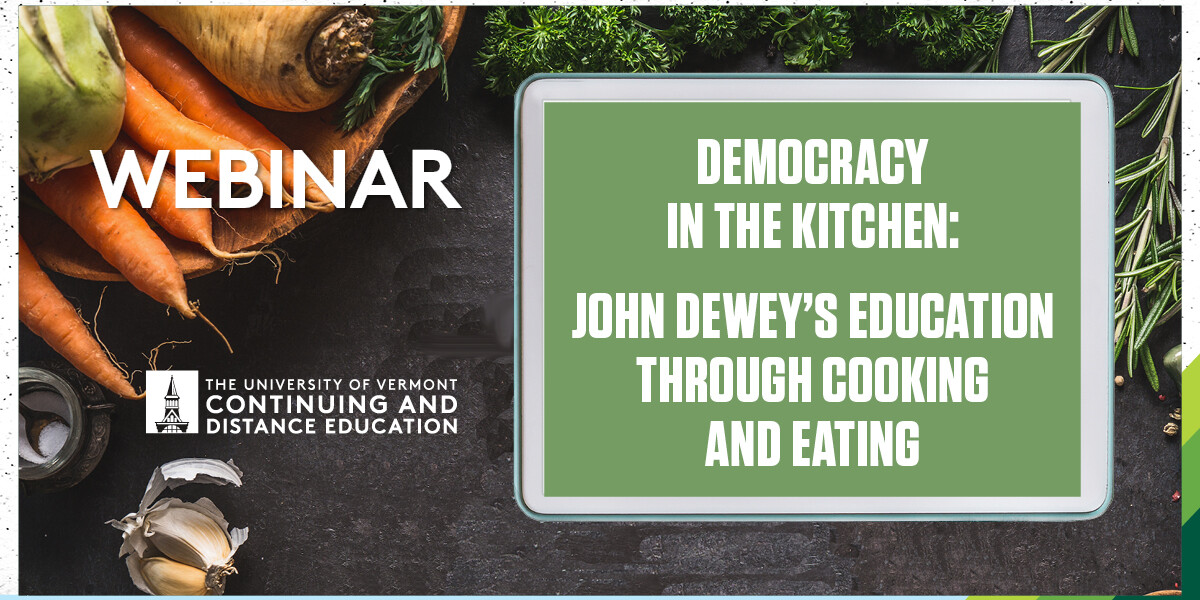Updated March 27, 2019
“There is something about the outside of a horse that is good for the inside of a man.” –John Lubbock/Winston Churchill
If dogs are man’s best friend, then horses are man’s oldest friend. At UVM’s Summer University, students can gain a basic understanding of one of our most beloved domestic animals in the Intro to the Horse online course.
Between warfare, land transportation, leisure and sport, horses have had an impact on the human race for thousands of years. Humans started depicting horses in art about 35,000 years ago. Approximately 25,000 years ago, humans started hunting horses for meat, and 6,000 years ago they began to domesticate horses.
That ancient connection is something Dr. Jenny Wilkinson shares regularly with her students. As a senior lecturer at the UVM College of Agriculture and Life Sciences who teaches the online Intro the Horse course, Wilkinson says the bond between horses and humans is deeply rooted and powerful.
“One of the themes that I cover with my students is the connection between horses and humans. It’s like that old saying, ‘There is something about the outside of a horse that is good for the inside of a man,’” she says.“Horses first came about 60 to 70 million years ago, and the anatomy between horses and humans is very similar. Early horses had five toes, now they have one with two residual splint bones or extra toes that sit up higher on their legs. We do know that early man and early horse were present together about 60 million years ago after the extinction of the dinosaurs. Early man was in the trees; early horse was in the jungle or forest below.”
Wilkinson, a lifelong equestrian, studied veterinary medicine at Cornell University and arrived at UVM in January 2008. Her path to practicing and teaching equine veterinary medicine came about one summer while she was an undergraduate at the University of Virginia. She was studying gender politics when she took a summer job as a wrangler at A Bar A Ranch, located on 125,000-acres in Wyoming.
The experience changed her life.
“I had grown up in English barns where horses were in their own stalls. But at the ranch, there were 125 horses and they all lived in a herd,” she says. “The amount of illness in the herd was much lower than anything I had seen. The horses were living in a more natural environment and were a lot less stressed. I saw the benefit of that environment for the horses, and it was because of my time at the ranch that I decided I wanted to become a vet.”
Upon graduating from University of Virginia, Wilkinson moved to Colorado and took pre-veterinary courses at the University of Colorado’s Denver campus before applying to Cornell. After receiving her Doctor of Veterinary Medicine, she re-located to Vermont with her husband and took an internship at Vermont Large Animal Clinic in Milton, eventually becoming an associate field vet. She switched gears to teaching equine studies at UVM nearly 11 years ago.
Intro to the Horse
Wilkinson teaches three classes per semester at UVM, and the Intro the Horse course is a unique opportunity to learn more about horses, online. To help engage with students, she posts instructional videos on YouTube in the UVM Horse Barn, showing students how to conduct a physical exam on a horse or how to do round-penning, a technique used to train horses.
The online course includes juniors and seniors from a variety of backgrounds and majors, as well as high school students looking to earn college credit. Most of these students are not interested in going to veterinary school, but are interested in working with horses or having them for recreation. But every year, Wilkinson says one or two of her equine students go on to top-notch vet schools with the goal of becoming an equine vet.
Wilkinson offers extra credit opportunities to students, asking them to create videos of themselves practicing a physical exam at home on a cat, dog, or horse, or sending them to the UVM Morgan Horse Farm to explore.
“I teach students who have spent time around horses as well as students who haven’t,” she says. “Students in this course get a foundation about horses. We ask things like, why do we feed horses hay or why do we vaccinate them for certain diseases? We do this so the students can start to think about decisions that are made around horses.”
Wilkinson says there is a decrease across the country in the number of equine vet students. The field of veterinary medicine is also becoming more female dominated, she says. Male enrollment in U.S. veterinary colleges decreased from 89 percent for the 1969-1970 school year to 22.4 percent for 2008-2009, according to the Association of American Veterinary Medical Colleges.
Just as it is in medical school, the competition for admission to a veterinary college is competitive. Students often consider UVM’s Post-Baccalaureate Premedical program to increase their chances of acceptance since the rate is typically between 10 percent and 15 percent. Wilkinson encourages students to pursue veterinary medicine if they’re passionate and ready to work hard.
“When I give career advice to my students, I always say to make your avocation your occupation,” she says. “I tell them about how my path to vet school was really crooked and not linear. I want them to know to not get discouraged by a bad grade or a hard class. If they want to do it, they can find a way to make it happen.”
-The “UVM Is” series celebrates University faculty, educators, and the campus community.
Review the full selection of Summer University courses at UVM. Registration is now open.




